
Roots
The story of textured strands, in all their glorious coils, kinks, and waves, is deeply intertwined with the earth itself. Before the age of synthetic cleansers, humanity relied upon the wisdom held within plants and minerals to tend to their crowning glory. This ancient understanding, often passed through generations, speaks to a profound connection between our physical being and the natural world around us.
It’s a testament to the ingenuity of our forebears, who discovered gentle yet effective ways to maintain scalp vitality and hair health, even without the modern conveniences we often take for granted. To truly appreciate the enduring value of these historical cleansing methods for textured hair, we must first look to their origins, to the very elements that provided sustenance and purity.

From Earth and Clay ❉ Ancient Cleansers
Across continents and centuries, clay stood as a powerful cleansing agent. Rhassoul clay, sourced from the Atlas Mountains of Morocco, stands as a prominent example, used for over 1400 years by Moroccan women for both body and hair care. Its name itself, derived from the Arabic word “ghassala,” signifies washing. This mineral-rich clay possesses unique absorbent properties, drawing out impurities, excess oil, and product buildup from the scalp and hair without stripping away vital moisture.
Other clays, such as kaolin and bentonite, also played significant roles in various historical practices, revered for their capacity to purify and refresh. These earthen wonders work by attracting negatively charged toxins and impurities, binding to them, and allowing for their gentle removal when rinsed away. The presence of silica in rhassoul clay, a component of sand, is believed to contribute to a glossy sheen in hair, alongside its exfoliating and conditioning qualities. This ancient practice highlights a fundamental principle ❉ cleansing can be achieved through absorption and gentle removal, rather than harsh chemical stripping.
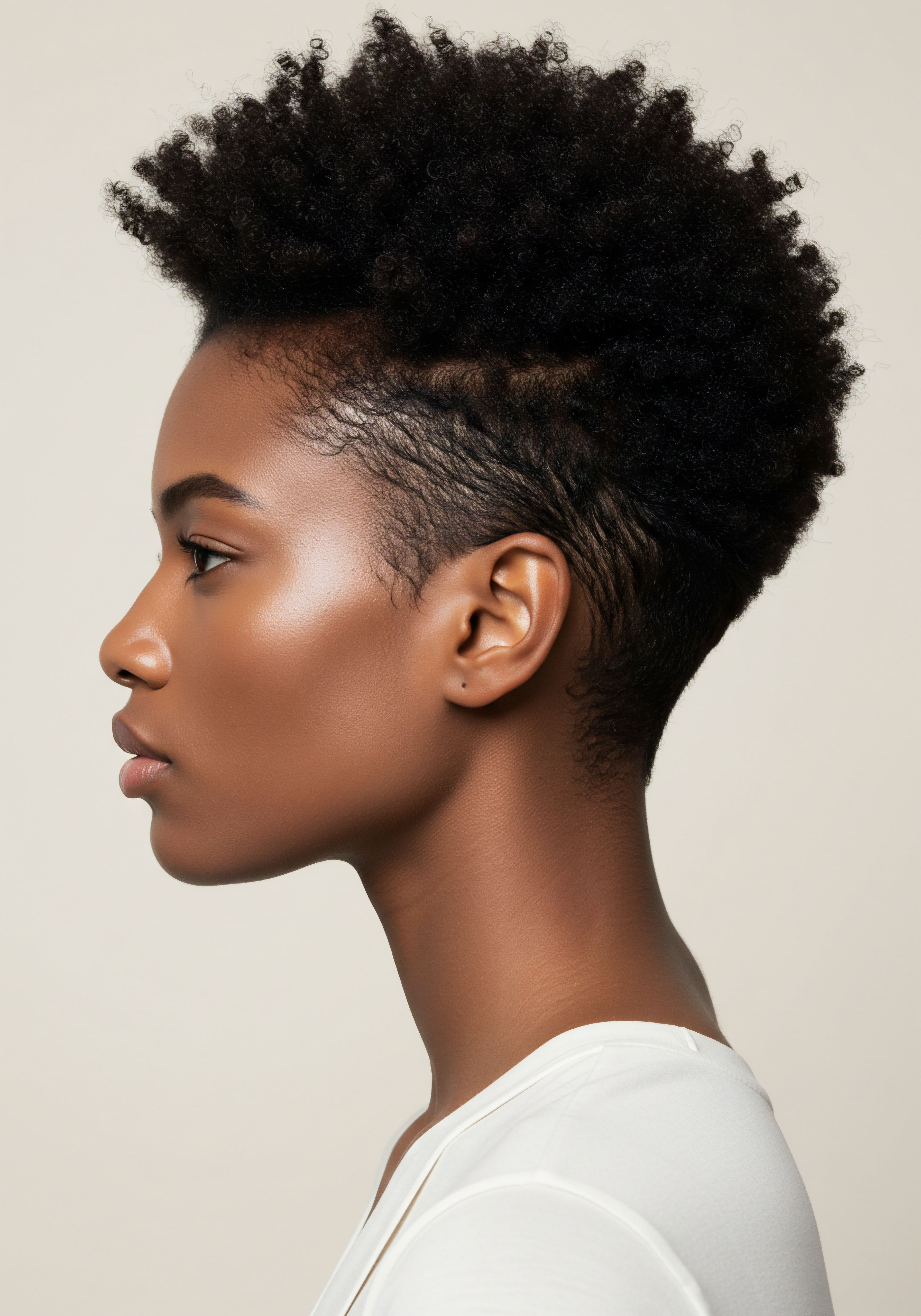
The Plant Kingdom’s Lather ❉ Saponin-Rich Botanicals
Long before the modern shampoo, various plants offered their own natural cleansing properties through compounds known as saponins. These plant-derived glycosides, when agitated in water, create a stable froth, mimicking the lather we associate with soap. Evidence of soap-like substances made from plant saponins dates back to ancient Babylonian clay tablets from 2800 BC, and Egyptians in 1500 BC regularly bathed with such preparations.
In India, the use of plants like reetha (Indian soapberry) and shikakai (Acacia concinna) for hair cleansing dates back thousands of years. These botanicals, rich in saponins, have been staples in Ayurvedic hair care, known for their gentle yet effective cleansing action that respects the hair’s natural oils. An ethnobotanical survey in Northern Morocco identified 42 plant species used for hair care, many with cleansing properties. Among them, Lawsonia Inermis L. (Henna) is noted for its use in strengthening and restoring shine to hair.
Ancient wisdom, rooted in the earth’s bounty, provided humanity with effective, gentle cleansing methods long before modern chemistry.
These plant-based cleansers do not aggressively strip the hair of its natural oils, a common concern with many contemporary sulfate-laden shampoos. Instead, they offer a milder alternative, helping to maintain the hair’s inherent moisture balance and promoting overall scalp wellness. This understanding of natural surfactants, gleaned from centuries of observation and application, continues to guide many who seek gentler care for their textured strands today.

Historical Cleansing Agents
- Rhassoul Clay ❉ A mineral-rich clay from Morocco, known for its absorbent and purifying properties, used for centuries to cleanse hair and skin without stripping natural oils.
- Soap Nuts (Reetha) ❉ Berries containing saponins, which produce a natural lather for gentle hair washing, particularly prominent in Indian hair care traditions.
- Shikakai ❉ Derived from the pods of the Acacia concinna tree, another saponin-rich botanical used as a natural cleanser that helps remove excess oil while preserving moisture.
- Plant Ashes and Acidic Rinses ❉ Historical accounts mention the use of plant ashes mixed with water for their alkalinity, and acidic rinses like vinegar or citrus juice, to balance and clarify hair.

Water’s Timeless Role ❉ The Original Cleanser
Before any other preparations, water itself served as the primary cleanser. From rivers and lakes, or simply collected in basins, the power of H2O was fundamental to maintaining hair cleanliness. Water alone possesses the ability to rinse away dirt, sweat, and loose debris, offering a basic yet potent cleansing action.
While often supplemented with other natural agents, the pure act of rinsing with water laid the groundwork for all subsequent cleansing rituals. This simple yet profound element remains at the core of every hair care routine, providing hydration and facilitating the removal of impurities.
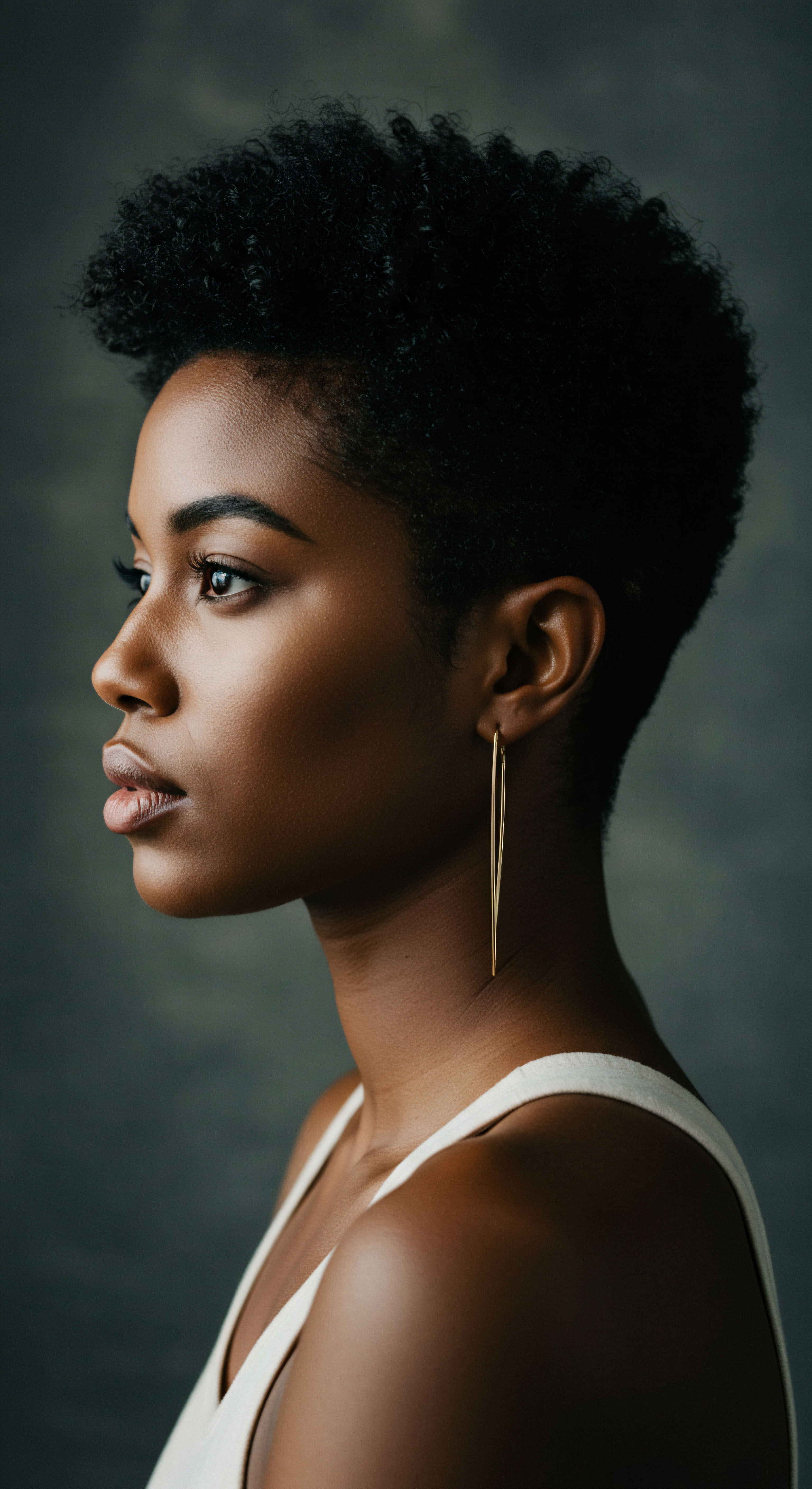
Ritual
Stepping beyond the foundational understanding of historical cleansing agents, we arrive at the practical application, the daily or periodic practices that brought these elements to life. For textured hair, where delicate curl patterns and moisture retention are paramount, the how of cleansing holds significant weight. Ancestral methods were not merely about cleanliness; they were often interwoven with spiritual significance, communal activity, and a deep respect for the body’s natural rhythms.
These practices, honed over generations, offer a guiding light for those seeking to honor their hair’s innate beauty without succumbing to harsh modern interventions. Let us now consider how these traditions continue to serve textured strands in our present day, transforming simple washing into a meaningful ritual.

Clay Washing ❉ A Gentle Purifier
The application of clay, particularly rhassoul clay, remains a cherished cleansing method for textured hair. This practice offers a distinct alternative to conventional shampoos, which often contain sulfates that can strip natural oils, leading to dryness and breakage. Instead, clay cleansing works by drawing out impurities and excess sebum while allowing the hair’s natural moisture to remain. Users often mix rhassoul clay powder with water, sometimes adding apple cider vinegar or a few drops of essential oils, to create a smooth paste.
This paste is then applied to damp hair, from scalp to ends, and gently massaged in. The clay’s soft, almost slippery consistency aids in detangling, a vital step for textured strands prone to tangles. After a short period, typically 5-10 minutes, the clay is thoroughly rinsed, leaving hair feeling clean, soft, and defined.
The benefits extend beyond mere cleanliness; clay also acts as a gentle exfoliant for the scalp, helping to remove dead skin cells and product buildup, which can contribute to a healthier scalp environment. For those with oily scalps, the absorbent properties of clay can be particularly beneficial. While scientific research specifically on rhassoul clay’s long-term effects on textured hair is limited, anecdotal accounts widely report improved hair softness, curl definition, and reduced frizz. This enduring method provides a testament to the wisdom of past generations, offering a cleansing experience that respects the unique needs of textured hair.

Herbal Rinses and Saponin Solutions ❉ The Plant-Powered Wash
The tradition of using herbal rinses and plant-derived saponin solutions continues to hold relevance for textured hair care. Plants such as reetha (soap nuts) and shikakai, historically used in India, are now available in various forms, from whole dried berries to powdered extracts. These natural cleansing agents offer a mild wash, producing a gentle lather that cleanses without harsh stripping.
Preparing these solutions involves steeping the plant material in hot water, allowing the saponins to release, and then straining the liquid to use as a hair rinse. Some individuals may even create a paste from the powdered herbs for a more concentrated application.
Beyond their cleansing action, many of these herbs possess additional properties beneficial for hair and scalp. For instance, amla (Indian gooseberry) is often combined with reetha and shikakai in Ayurvedic practices, valued for its ability to condition and promote hair health. An ethnobotanical survey in Morocco highlighted the use of plants like Origanum Compactum Benth (Zatar) for fortifying and coloring hair, and Lawsonia Inermis L. (Henna) for strengthening and revitalizing.
The gentleness of these plant-based washes helps to maintain the natural moisture and integrity of textured hair, which is more susceptible to dryness and breakage when exposed to strong detergents. This method offers a fragrant and nourishing alternative to synthetic products, inviting a deeper connection to botanical wisdom.

Pre-Shampoo Treatments ❉ An Ancient Precursor
While the term “pre-shampoo” or “pre-poo” is modern, the concept of preparing hair before a wash has roots in historical practices. Our ancestors understood the importance of protecting hair, especially delicate strands, from potential harshness during cleansing. Oils, such as olive oil in ancient Greece and Rome, or castor oil in ancient Egypt, were massaged into the scalp and hair. These oils served not only to condition and strengthen but also to create a protective barrier, reducing friction and potential damage during the washing process.
Historical cleansing methods, like clay washes and herbal rinses, offer gentle alternatives that respect textured hair’s moisture balance.
For textured hair, which can be prone to tangling and dryness, applying a pre-wash oil or a rich, conditioning treatment before cleansing can significantly improve manageability and reduce breakage. Modern pre-shampoo treatments, whether oils or masks, often aim to detangle, moisturize, and fortify the hair before the main wash, echoing these ancient protective measures. This protective step, whether with simple oils or specialized formulas, reflects a timeless understanding of hair’s vulnerability and the need for gentle care.
| Historical Agent Rhassoul Clay |
| Origin/Culture Morocco |
| Primary Action Absorbent, Purifying, Gentle Exfoliant |
| Modern Application for Textured Hair Clay washes, scalp masks for oil control and definition. |
| Historical Agent Soap Nuts (Reetha) |
| Origin/Culture India |
| Primary Action Natural Saponin Cleanser |
| Modern Application for Textured Hair Herbal hair washes, natural shampoo bars, conditioning rinses. |
| Historical Agent Shikakai |
| Origin/Culture India |
| Primary Action Natural Saponin Cleanser, Conditioning |
| Modern Application for Textured Hair Herbal hair washes, hair packs for strength and shine. |
| Historical Agent Rice Water |
| Origin/Culture China, Japan |
| Primary Action Cleansing, Strengthening, Promoting Shine |
| Modern Application for Textured Hair Fermented rice water rinses for protein and amino acid benefits. |
| Historical Agent Apple Cider Vinegar |
| Origin/Culture Various |
| Primary Action Acidic Rinse, Clarifying, pH Balancing |
| Modern Application for Textured Hair Diluted rinses to remove buildup and smooth cuticles. |
| Historical Agent Egg Yolk |
| Origin/Culture Europe |
| Primary Action Cleansing (fats/proteins), Conditioning |
| Modern Application for Textured Hair Occasional protein treatments, DIY hair masks. |

Rinses and Finishing Touches ❉ PH Balancing and Shine
Historical cleansing practices often concluded with rinses designed to impart shine and balance the hair’s pH. Apple cider vinegar, a common household item across many cultures, served as a popular acidic rinse. After a more alkaline wash, or simply to clarify and add luster, diluted vinegar was poured over the hair. This practice helps to smooth the hair’s cuticle, thereby enhancing shine and reducing frizz, which is particularly beneficial for textured hair that can appear dull if cuticles are raised.
Similarly, rice water rinses, a practice long celebrated in Asian cultures for promoting long, strong, and lustrous hair, are gaining renewed interest within the textured hair community. The milky liquid, obtained from rinsing uncooked rice, is rich in vitamins, minerals, and amino acids. These components are believed to strengthen hair, improve elasticity, and add a noticeable sheen. The consistent application of these traditional rinses provides a gentle yet effective way to condition and protect textured hair, reinforcing the cuticle and promoting a healthy, vibrant appearance.

Relay
To consider historical cleansing methods for textured strands solely as relics of the past would overlook their profound relevance in contemporary hair care. Beyond their practical application, these practices stand as a testament to the intricate relationship between culture, science, and personal identity. They challenge prevailing notions of cleanliness and beauty, urging us to question the chemical heavy formulations that dominate modern markets.
How might we truly understand the enduring power of these time-honored traditions, and what deeper insights do they offer into the very nature of textured hair itself? This exploration delves into the scientific underpinnings and cultural significance that cement these methods as enduring wisdom, rather than mere historical footnotes.
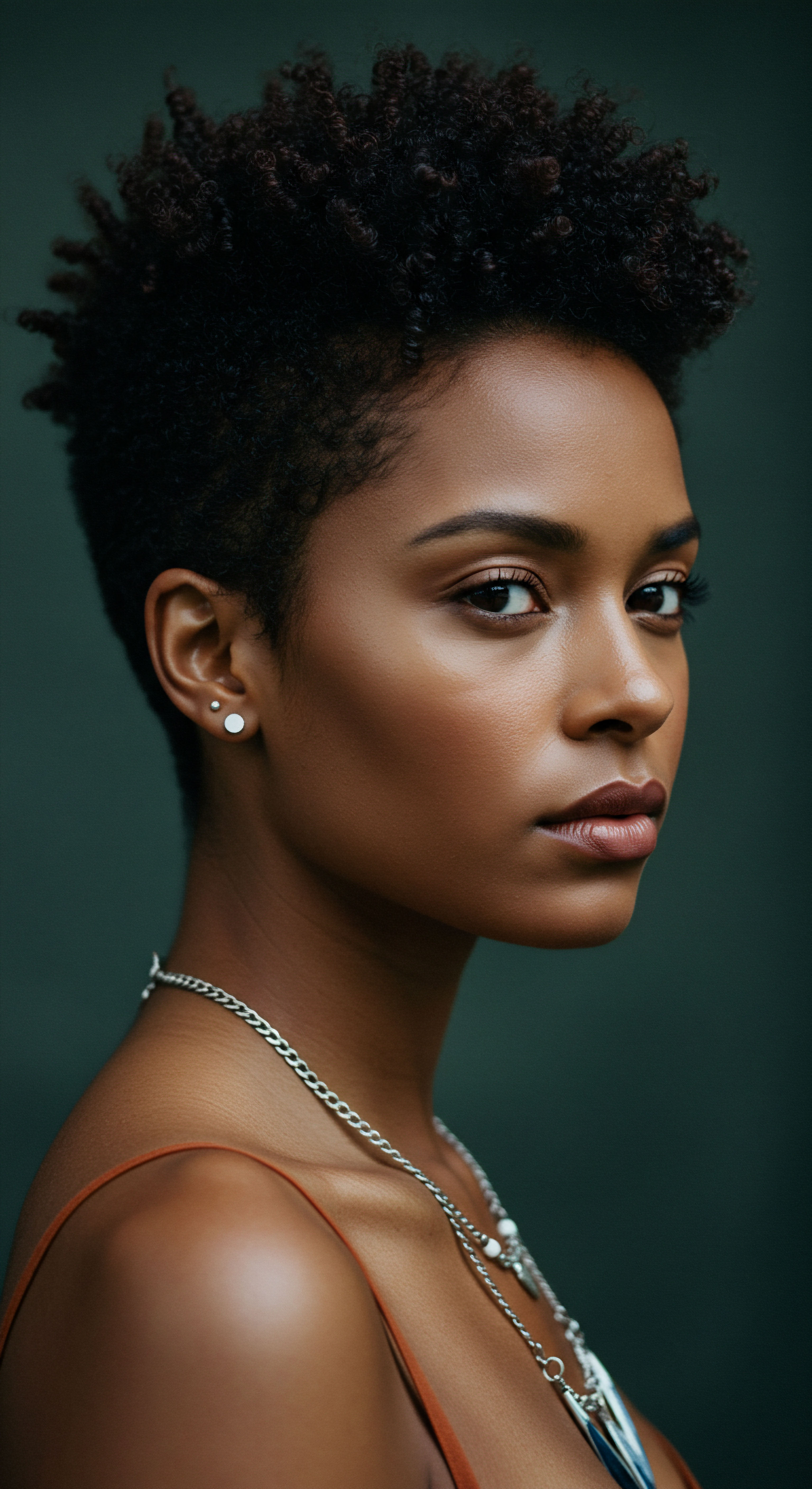
The Science of Gentle Cleansing for Textured Hair
Textured hair, with its unique helical structure, often possesses a higher porosity and a tendency towards dryness compared to straight hair. The natural oils produced by the scalp, known as sebum, struggle to travel down the curves and coils of the hair shaft, leaving the ends particularly vulnerable to dryness and breakage. This inherent characteristic makes textured hair especially susceptible to the harsh effects of strong detergents, such as sulfates, commonly found in conventional shampoos. Sulfates, while effective at removing dirt and oil, can strip away the hair’s protective lipid layer, leading to increased frizz, brittleness, and a compromised cuticle.
Herein lies the scientific rationale for the enduring value of historical cleansing methods. Agents like rhassoul clay and saponin-rich botanicals provide a gentler cleansing action. Clay works through adsorption, binding to impurities and excess oils without aggressively removing the hair’s natural moisture barrier. Saponins, the natural surfactants in plants like soap nuts and shikakai, produce a mild lather that cleanses without the harsh stripping associated with synthetic counterparts.
A study published in the International Journal of Trichology suggests that gentler cleansing supports the hair cuticle’s integrity, enhancing shine and smoothness. This research reinforces what ancient practitioners understood intuitively ❉ preserving the hair’s natural balance is paramount for its health and appearance.
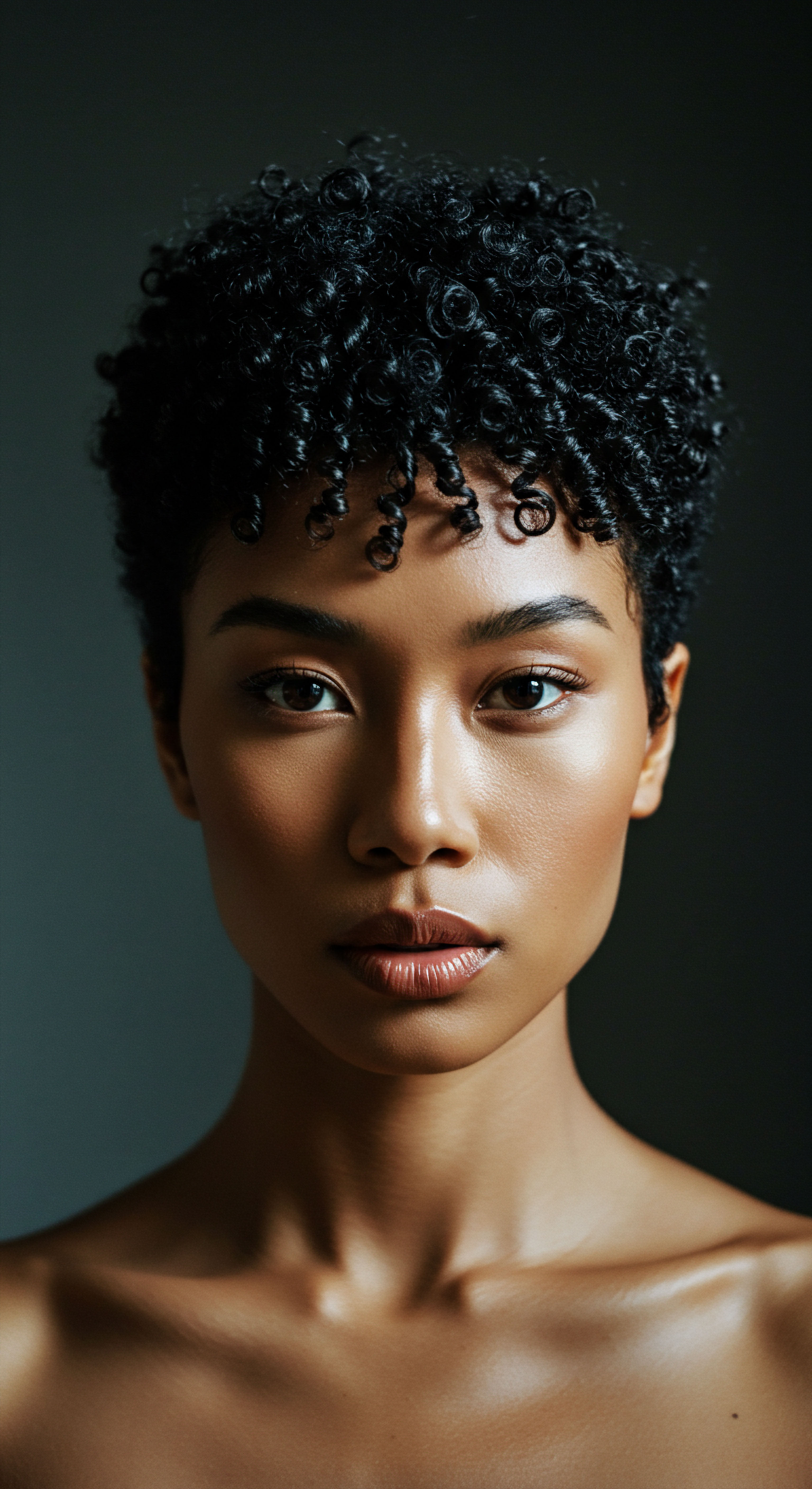
Cultural Continuity and Identity
The continued practice of these historical cleansing methods for textured hair is not merely a practical choice; it is a powerful act of cultural continuity and a statement of identity. For people of the African diaspora, hair has historically held deep symbolic meaning, often intertwined with social status, spiritual beliefs, and personal expression. During periods of enslavement, hair practices became a site of resistance and identity preservation, often despite pressures to conform to Eurocentric beauty standards.
The embrace of natural hair care, including ancestral cleansing rituals, can be seen as a reclamation of heritage and a celebration of innate beauty. This sentiment is echoed in various cultural contexts. In India, Ayurvedic hair care, with its reliance on natural ingredients like amla and reetha, has been practiced for centuries, deeply integrated into health and beauty rituals. For many, these methods represent a connection to ancestral wisdom, a tangible link to a past that prioritized natural remedies and holistic well-being.
Beyond simple cleaning, these methods represent a deep cultural connection and a scientific approach to maintaining textured hair’s natural integrity.
The return to these traditional ways also represents a rejection of the narrow beauty ideals often perpetuated by mainstream media. It highlights a conscious choice to prioritize hair health and cultural authenticity over chemically induced alterations. This shift is particularly pronounced within the natural hair movement, where communities actively share knowledge and resources to revive and adapt ancient practices.

What Role do Historical Hair Practices Play in Modern Self-Acceptance?
The modern self-acceptance journey for individuals with textured hair often intersects with historical hair practices in profound ways. Reconnecting with traditional cleansing methods, for instance, can be a pathway to understanding and appreciating the unique qualities of one’s hair. When individuals choose to move away from chemical relaxers and harsh treatments, they often seek out gentler alternatives that align with their hair’s natural state. This often leads them back to methods like clay washing or herbal rinses, practices that were common before the advent of industrial shampoos.
The process of learning and applying these methods can foster a deeper relationship with one’s hair, moving beyond mere aesthetics to a place of care and respect. It represents a conscious decision to honor the hair’s inherent structure and needs, rather than attempting to force it into a different form. This deliberate choice contributes significantly to self-acceptance, as it affirms the beauty and validity of textured hair in its unadulterated state. The communal sharing of these practices, often through online platforms and local gatherings, further strengthens this sense of belonging and validation, reinforcing that natural textured hair is not only beautiful but also culturally rich and historically significant.

Challenging the Status Quo ❉ A Look at the “No-Poo” Movement
The resurgence of historical cleansing methods has significantly contributed to the “no-poo” or “low-poo” movements, which advocate for reducing or eliminating conventional shampoo use. This approach challenges the widespread belief that daily or frequent shampooing is necessary for clean hair. Historical data supports this alternative perspective; people in many pre-modern societies washed their hair far less frequently than is common today, relying instead on brushing, oiling, and occasional gentle rinses.
Consider a study by the American Academy of Dermatology, which, while not specifically about textured hair, noted that frequent shampooing can lead to dryness and irritation, especially for individuals with dry scalp conditions. For textured hair, which naturally tends to be drier, this observation holds even greater weight. The “no-poo” philosophy, by encouraging less frequent washing and the use of milder alternatives, aims to allow the scalp’s natural sebum production to regulate itself, potentially leading to healthier hair and scalp over time.
This approach, rooted in historical precedent, offers a counter-narrative to the pervasive marketing of daily lathering, inviting a more mindful and less interventionist approach to hair care. The movement is not about avoiding cleanliness, but rather about redefining what constitutes effective and healthy cleansing for various hair types, particularly those with texture.

How do Traditional Methods Compare to Modern Cleansing Practices?
Traditional methods often differ from modern cleansing practices in their approach to hair and scalp health. Modern shampoos, especially those containing sulfates, are designed for powerful degreasing and lathering, often leading to a feeling of “squeaky clean” hair. This sensation, however, can signify the stripping of natural oils, which can be detrimental to textured hair. Traditional methods, such as those using clays or plant saponins, offer a gentler cleanse that respects the hair’s inherent moisture.
They focus on removing impurities and excess oil while preserving the scalp’s natural barrier. While modern science has brought about advancements in product formulation, it also has, at times, overlooked the wisdom of practices that prioritize balance over aggressive cleaning. The contemporary understanding of hair porosity and the delicate nature of textured strands increasingly aligns with the principles underpinning these older methods, favoring mildness and natural conditioning over harsh detergents. This comparison highlights a cyclical return to foundational principles, recognizing that some of the oldest ways of care remain profoundly relevant.
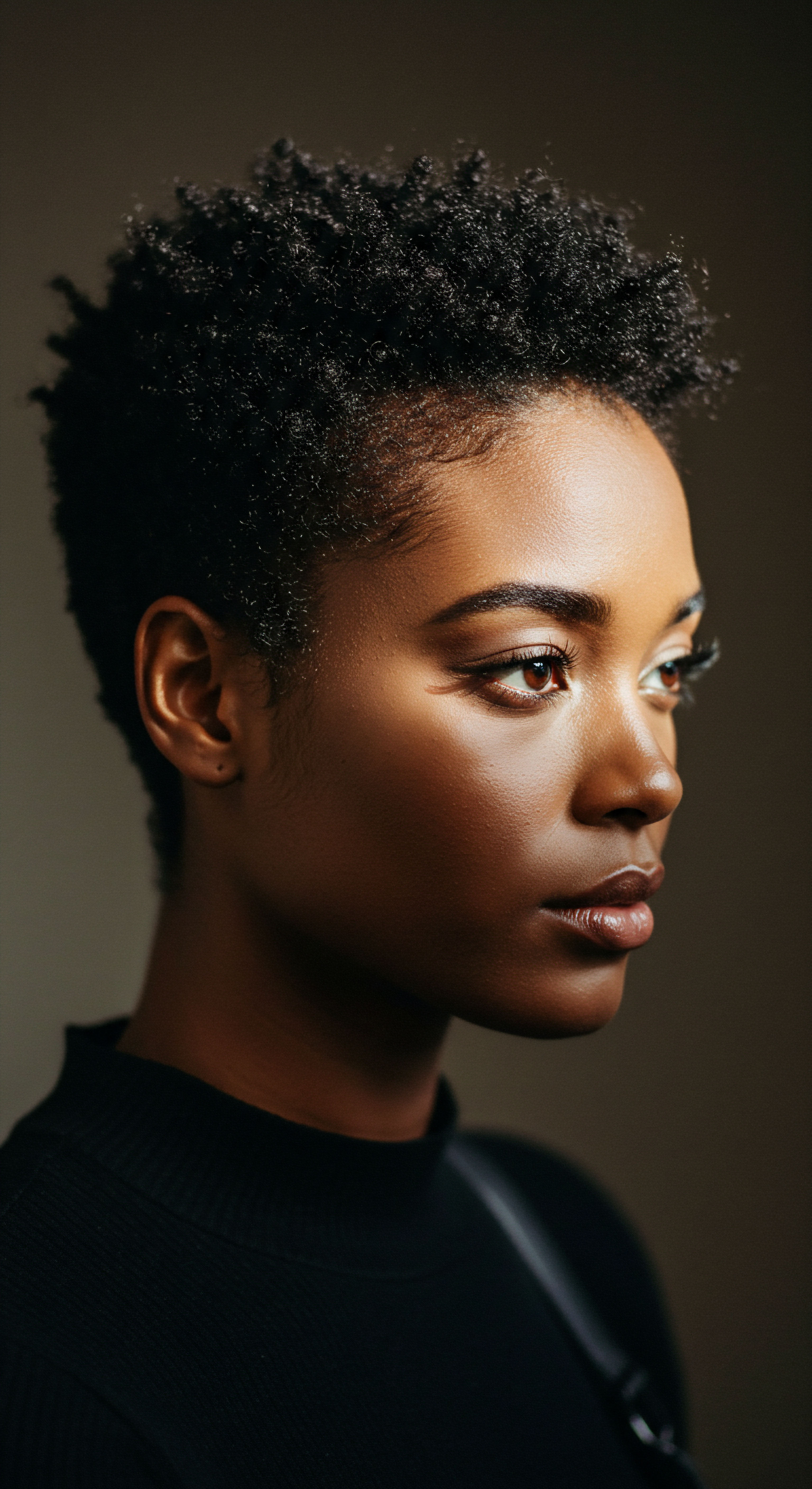
Reflection
As we step back from this exploration of historical cleansing methods for textured strands, a quiet understanding settles. The journey through ancient practices, from the earth’s clays to the plant kingdom’s gentle lathers, reveals more than just techniques; it unveils a profound connection to the natural world and a deep respect for the body’s intrinsic balance. The enduring presence of these methods in contemporary hair care is not a mere trend, but a thoughtful return to wisdom, a recognition that sometimes, the oldest ways are indeed the gentlest and most effective. For textured hair, in all its diverse beauty, this historical grounding offers not only practical solutions but also a powerful affirmation of identity and heritage, reminding us that true radiance often lies in honoring our roots.

References
- Johnson, T. (2013). Black women’s natural hair care communities ❉ social, political, and cultural implications. Smith Scholarworks.
- Smith, P. (2003). Hair ❉ A Cultural History. St. Martin’s Press.
- Davis-Sivasothy, A. (2011). The Science of Natural Hair ❉ A Guide to the Chemistry of Hair and Hair Care Products.
- Quinn, C. R. Quinn, T. M. & Kelly, A. P. (2003). Hair care practices in African American women. Cutis, 72(4), 280-2, 285-9.
- Lekouch, N. Sedki, A. & Benyassine, A. (2011). Analysis of traditional pharmacopeia product from Morocco ‘Rhassoul’. ResearchGate.
- Ajao, A. A. & Sadgrove, N. J. (2024). Cosmetopoeia of African Plants in Hair Treatment and Care ❉ Topical Nutrition and the Antidiabetic Connection? Diversity, 16(2), 96.
- Youn-Sook, S. & Soo-Hee, L. (2006). Natural dyeing of hair using juglone. Journal of Korean Society of Clothing and Textiles, 30(12), 1708-1713.
- Singh, V. Ali, M. & Upadhyay, S. (2015). Study of colouring effect of herbal hair formulations on graying hair. Pharmacognosy Research, 7(3), 259–262.
- Reimers, E. A. L. Reimers, D. J. L. Chaloupkova, P. Zepeda Del Valle, J. M. & Milella, L. (2019). An ethnobotanical survey of medicinal plants used in Papantla, Veracruz, Mexico. Plants, 8.
- Ajao, A. A. & Sadgrove, N. J. (2024). Cosmetopoeia of African Plants in Hair Treatment and Care ❉ Topical Nutrition and the Antidiabetic Connection? Diversity, 16(2), 96.